Peri-menopause
Peri menopause is a time when progesterone is vital for well being. Levels start dropping from the age of thirty five, whereas oestrogen remains at normal levels until menopause, when they drop sharply.
The reason for the drop in level is anovulation. From thirty five onwards ovarian function declines, ovulation does not occur every month, and progesterone levels in those months will be very low.
For ovulation to occur an egg needs to reach maturity, the following explains what happens in the cycle.
The first half of the monthly cycle is known as the follicular phase, and it can range from seven days to twenty-one days. Progesterone is present in extremely small amounts, oestrogen and follicle stimulating hormone (FSH) being the dominant hormones.
When the egg has reached maturity, another hormone called lutenising hormone (LH) is released by the pituitary. Approximately twenty four hours later this causes the Graafian follicle to rupture releasing an egg, commonly known as ovulation. The follicle, which is now called the corpus luteum due to its yellow colour, starts producing progesterone, which it does for the next fourteen days, progesterone is now the dominant hormone. This part of the cycle is known as the luteal phase.
During peri menopause cycles become very erratic, bleeding can be very light to flooding, 2 weeks apart to 3 months apart, clots, spotting, sometimes pain.
Although progesterone can normally be used to regulate the cycle, unfortunately no amount is going to regulate it once peri menopause has started.
It's the imbalanced ratio of the two that causes the symptoms. Both serum and saliva tests can be done to check levels of hormones, saliva being the more accurate of the two. This is difficult in peri menopause when cycles can be so erratic, nevertheless the following is an example of what the ratios mean.
It is most important to have the test done on the correct day, as cycles can vary from twenty one days to thirty six days. So in a thirty six day cycle the test should be done on day twenty nine, a twenty one day cycle on day fourteen.
The reason for this is the luteal phase is always, no matter how long or short the cycle, the last 14 days before bleeding. The peak would always be ±7 days before bleeding.
The second and most important issue during peri menopause is the ratio between the two hormones.
For instance if a woman has an oestradiol level of 13.2pmol/L and a progesterone level of 259pmol/L she would feel awful, and yet they are both in the 'normal' range.
On the other hand if she had an oestradiol level of 5.5pmol/L and a progesterone level of 979pmol/L she would feel wonderful, and yet these are also in the 'normal' range.
For full details of all the references ranges see the page on Hormone Testing.
All the successful studies done on progesterone use between 100mg to 200mg per day. This equates to 3ml to 6ml of Natpro per day. Some go as high as 400-600mg/day, one as high as 1200mg/day as it was the oral variety.
For information on how to use progesterone cream and progesterone application methods in general click these links.
In some women symptoms can start ten years before menopause, the average age of which is fifty one, sometimes they can persist from 5 to 10 years after.
Below is a comprehensive list of the symptoms that can occur during peri menopause...
- abdominal bloating
- agoraphobia
- Aggression, anger, rage, resentment
- alcoholism, particularly pre-menstrually
- allergies
- Anxiety, nervousness, irrational fear
- arthritis, joint and muscle pains
- blood clots
- Breast tenderness
- bruising and capillary breakage
- Breast cysts
- chronic fatigue - muscular weakness, procrastination, exhaustion, tiredness, mental confusion, difficulty in getting up after enough sleep, lethargy
- clumsiness
- cold hands and feet
- constipation
- cracked heels
- cravings, eating disorders, binges, inability to tolerate long intervals without food
- dizziness
- depression - loneliness, uselessness, endless crying, irrational behaviour
- Fibroids
- guilt
- Hair loss, and excessive facial hair
- headache and Migraines
- Hot flushes and night sweats
- hypoglycaemia (low blood sugar)
- hypothyroidism
- incontinence
- insomnia
- irregular Menstruation, heavy or light flow
- irritability
- lack of self confidence and esteem
- Libido loss
- Memory loss
- mood swings and irritability
- nails - flaking, brittle and weak
- Osteoporosis
- Ovarian cysts
- palpitations
- panic attacks
- personality changes
- skin problems-dry skin and early ageing of the skin
- sleep disturbances
- tension
- urinary tract infections, cystitis
- vaginal thinning, dryness and itching
- violence-verbal and physical
- violent dreams
- weight gain
- water retention
Here's a chart comparing ml and teaspoons...
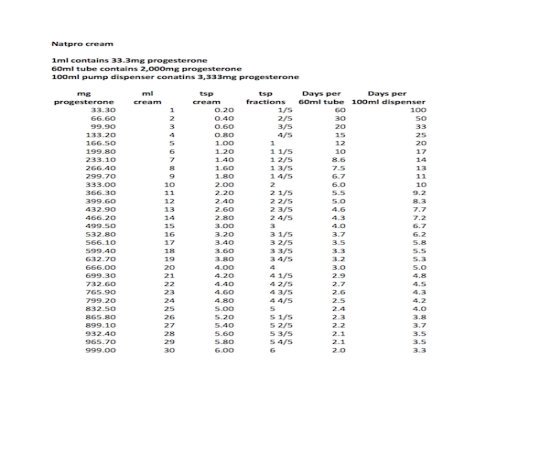
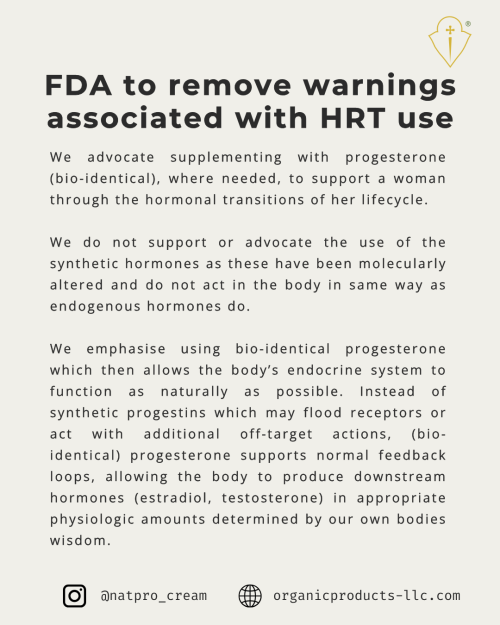
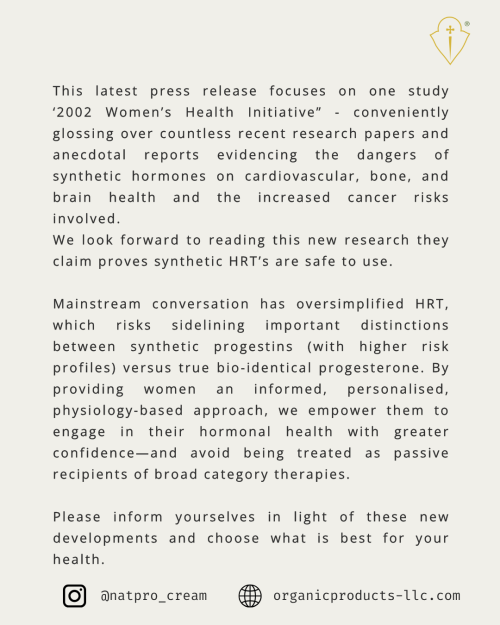 _____
_____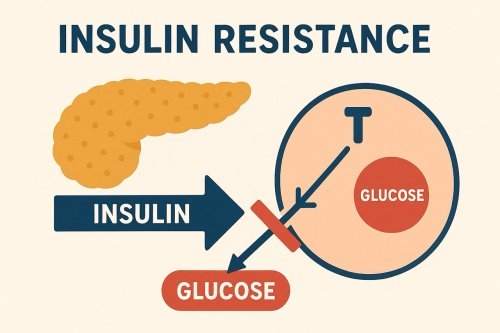 Feeling tired, foggy, or struggling with stubborn weight gain—especially around the waist? You might be surprised to learn that these symptoms could be linked to insulin resistance, a condition that a…
Feeling tired, foggy, or struggling with stubborn weight gain—especially around the waist? You might be surprised to learn that these symptoms could be linked to insulin resistance, a condition that a… Are you struggling with irregular cycles, unwanted hair growth, or unexplained fatigue? You’re not alone. Polycystic Ovarian Syndrome (PCOS) affects up to 10% of women of reproductive age—and many mor…
Are you struggling with irregular cycles, unwanted hair growth, or unexplained fatigue? You’re not alone. Polycystic Ovarian Syndrome (PCOS) affects up to 10% of women of reproductive age—and many mor… While progesterone is often discussed in relation to reproductive health, emerging research reveals its remarkable role in supporting brain function and protecting against neurological decline. Proges…
While progesterone is often discussed in relation to reproductive health, emerging research reveals its remarkable role in supporting brain function and protecting against neurological decline. Proges…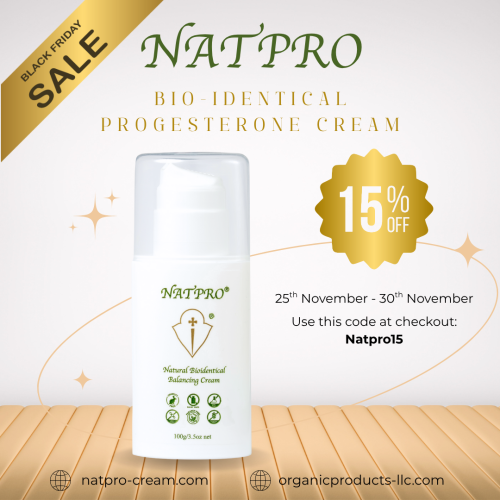 Incase you missed it!
Today is the last day for you to claim 15% off our Natpro 100ml Dispensers. The sale ends at midnight tonight.
How to Claim Your 15% Discount:
•Shop at
Incase you missed it!
Today is the last day for you to claim 15% off our Natpro 100ml Dispensers. The sale ends at midnight tonight.
How to Claim Your 15% Discount:
•Shop at